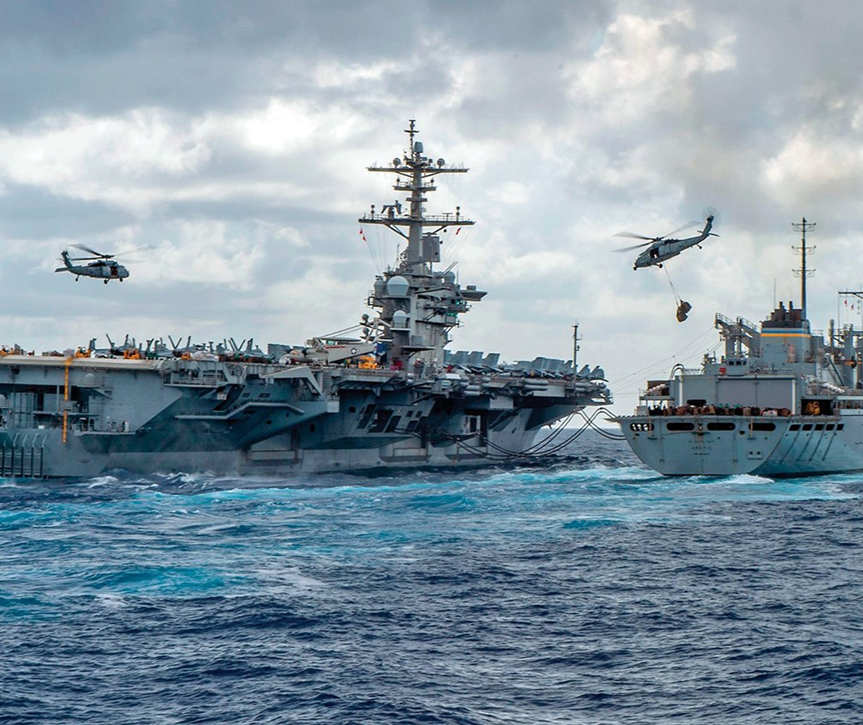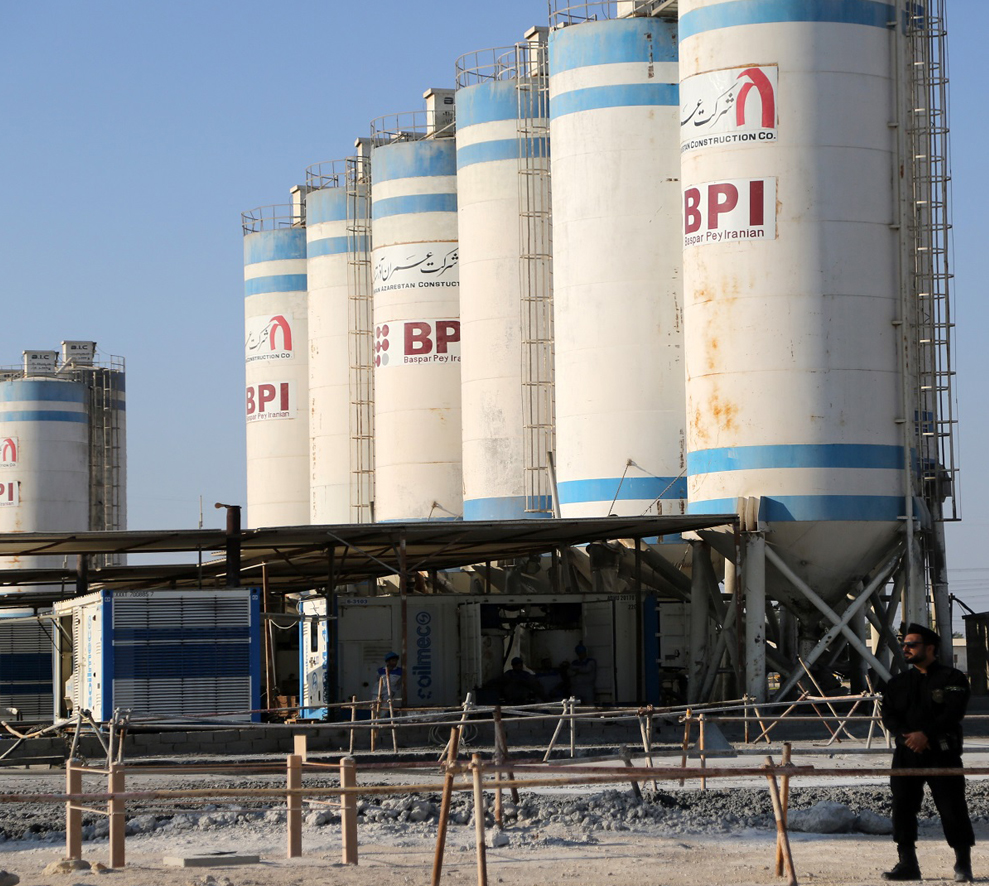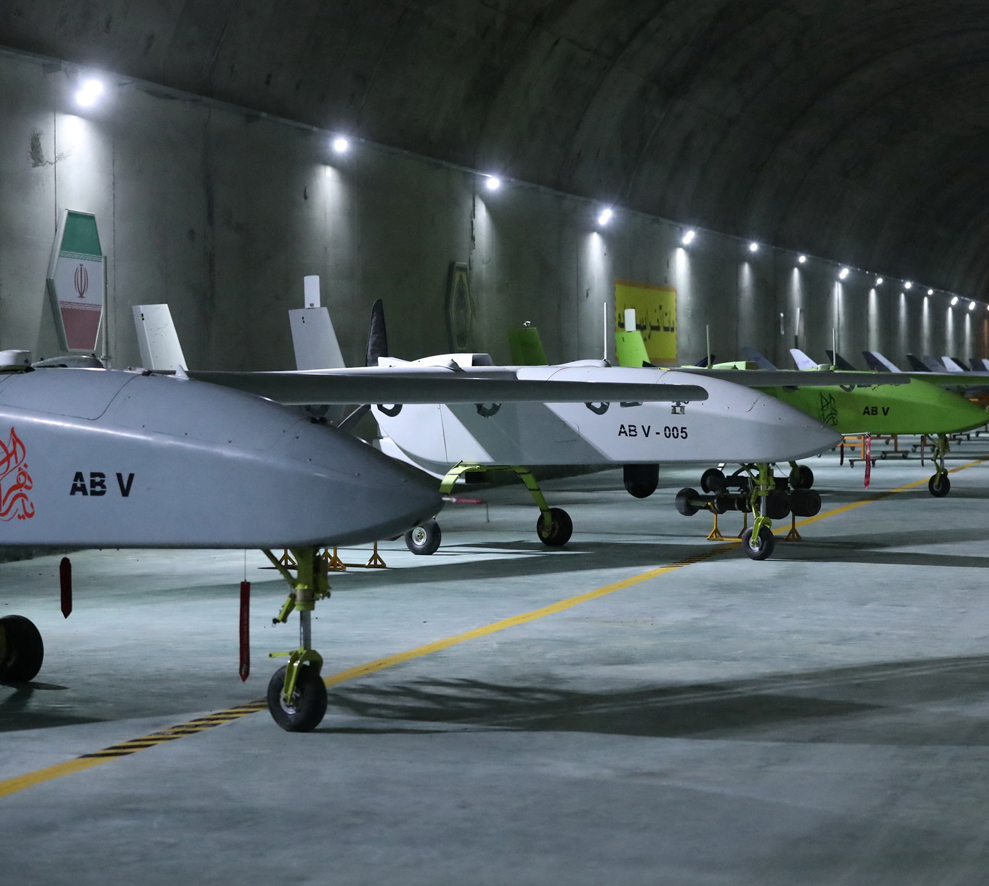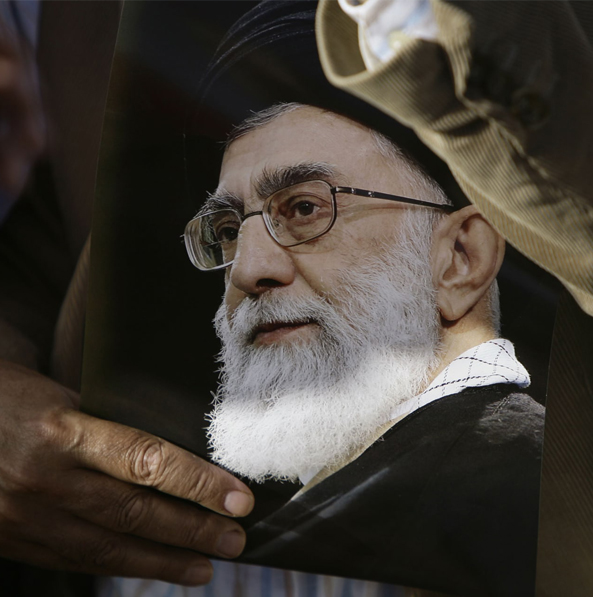Whoever follows US intelligence assessments towards Iran, finds that there are but two viewpoints: a conservative calling for maintaining the status quo without further political or operational escalation, and a hawkish calling for more hard power to dissuade Iran from moving forward with its regional and nuclear policies and for forcing it to sit at the negotiation table to draft an agreement in which Tehran cedes its nuclear capabilities, missile program and regional policies, in exchange for lifting the sanctions that have taken a serious toll on Iran's economy.
Such assessments inconsistency is definitely not new, for it dominated the directions of the US Intelligence Community, with the President, Donald Trump, adopting a policy of "maximum pressure" against Iran's economic and security assets. The policy coincided with mysterious incidents which were attributed to Iran, such as targeting tankers near the Strait of Hormuz; and other clearer attacks, like the bombing of the vicinity of the US military, diplomatic and economic missions in Iraq and the attacks on Aramco's facilities in Abqaiq and Khurais, for which pro-Iranian entities have claimed responsibility.
The hybrid war that is carried out by military and non-military means, whether its perpetrator is known or unknown, has culminated in the US announcement of the killing of Iranian Revolutionary Guards' Quds Force commander, Qassem Soleimani, in early 2020, bringing the region into confusion in an ambiguous environment in which the course of events cannot be predicted. However, efforts to reduce tension have temporarily succeeded in defusing a comprehensive confrontation, which no party is willing to bear its high costs.
Coinciding with the first anniversary of the killing of Soleimani, the chaos of assessments is now renewed in the corridors of American decision-making circles, as fears of a reckless act against US interests are pushing for more "muscle-flexing" and sending messages via the roar of battleships and bombers.
CNN touched on what it described as the "divide” within the Pentagon over assessing the seriousness of the current threat posed by Iran and its allies. Although there is no confirmed information indicating an imminent Iranian attack, there are those who call for dealing with Iran assuming the imminent occurrence of such an attack.
Now, a fundamental matter related to the quality of security data derived from sources highly-advanced both technically and humanly emerges; because, logically, there should be no conflict in the assessments and results as information is shared and in the same line. However, this discrepancy is not due to the lack of efficiency of information, but rather to the diversity of backgrounds of experts and analysts working on preparing the necessary recommendations to deal with the situation. The difference in the ideological and psychological principles of experts and analysts leads to different interpretations of the available information, thus the assessments come out varying and sometimes contradictory.
This dilemma of lack of “visibility” implies great risks that may lead to falling into the trap of unintended miscalculations, or even the trap of intended misleading calculations for the sake of inciting an internal or external party. Therefore, it is very urgent to control the perceptions of both sides: the American hawkish and the Iranian hardliner; for in light of the lack of direct communication, an atmosphere of mistrust and even apprehension and suspicion prevails over the intentions that each side has towards the other.
Consequently, it is imperative that the channels of communication through a third party activate effectively to allay perceived security concerns, so that these perceptions do not escalate into false expectations that result in exaggerated decisions. Each side justifies the increase in its military deployment by saying that it is only for defensive and deterrent purposes. However, this justification could be sincere, as no party intends to launch an explicit and direct attack in a moment of tension.
Despite the blurring of the scene, it is certain that the American forces will not hesitate to carry out a preemptive strike against a target preparing to start its attack against American interests, but it is reluctant to carry out a preventive strike against an “enemy” who is in operational readiness and in a state of vengeful anger and has the means and tools to raise the cost of the US military presence in the region.
The realization of the parties of the current tension of the dire consequences of launching any outright attack may be a decisive factor in preventing the spark of confrontation, given that - under such an utmost operational readiness - each side intending to carry out an operation will give thought to the reaction of the other side; as everyone is trying to uncover its strengths.
Consequently, even if Tehran is serious about carrying out the threatening made at the top of the religious, military and political hierarchy in the country, it tends to carry out an attack that appears vague in origin and does not bear its confirmed imprint at a time when the other side is in a state of “relaxation”. Historically speaking, Iranian political logic is characterized by strategic patience and subject to “cost-benefit” calculations. Overt threats, however, are often for addressing the troubled interior, or they are part of the “diplomatic” messages calling on the other side to make certain concessions to avoid Iranian anger practically.
It is not only about Qassem Soleimani
At first glance, a follower of the various media and statements might think that the current tension is related to the consequences of Soleimani’s killing and fears that Iranian parties will implement a retaliatory operation, but the thorough reading of the situation in the Arab Gulf confirms that "the killing of Soleimani" is nothing but the tip of an iceberg of the contradictions between the parties conflicting in the region.
Iran, facing the coronavirus epidemic that has exacerbated its economic troubles, is concerned in upholding its nuclear and missile sovereignty; therefore, it is not expected to make real concessions in this area. As for Washington, it is concerned with the sustainability of the security umbrella it provides to its allies, in light of the growing expansion of China in the international arena, the matter which requires harnessing energies and capabilities towards China and the Far East region.
Concurrent with the plans to gradually disengage from the Middle East, US diplomacy is seeking to form new security and political alliances in the region, the basis of which is the inauguration of new Arab-Israeli relations, which has increased Tehran’s regional apprehension and raised the security threats it perceives as the Israeli presence in the region is expanding.
On the other hand, the Iranian presence in the region is also expanding, horizontally (the expansion in new areas such as the Bab al-Mandab strait) and vertically (deepening its security assets in areas already spread out, such as Iraq), not to mention its abandonment of some of its obligations in the nuclear agreement that is still in place despite Washington’s withdrawal. At the beginning of 2021, Iran announced that it would increase uranium enrichment to 20% after its nuclear program was subjected to painful strikes in the second half of 2020, such as the Natanz explosion that disrupted relatively modern centrifuges, and the assassination of the top nuclear scientist, the father of the nuclear program, Mohsen Fakhrizadeh, in an operation that damaged the reputation of the Iranian security system, because it took place in the heart of Iranian lands, not in another country, as was the case of the assassination of Soleimani.
Faced with this escalating sequence of events, Tehran may find itself forced to carry out an attack so that its targeting does not turn into a “routine operation”, as is the case with the Israeli raids on its sites in Syria, and to sit at the negotiating table in rather a strong position. As for “when, how and where” this attack will take place, it is not prudent to assume that it will be carried out before the Democratic President-Elect, Joe Biden, formally assumed office, as Trump is still the commander in chief of the US armed forces, and he will not tolerate the killing of any American citizen.
The bottom line is that the difference in American security assessments regarding the Iranian file is not an imbalance in itself, but rather reflects the diversity and complementarity that characterizes effective security systems. It is very difficult for Pentagon experts to agree on a single assessment of the Iranian file, for the Middle East is full of “uncertainty” and it is not possible to determine the course of events in its complex environment.
Assessments differences do not reflect a political divide, as some media claim; this is because the security and intelligence establishment takes into account professional considerations and the higher interests of national security, and does not tend to align behind internal partisan debates.
Keep in touch
In-depth analyses delivered weekly.

Related Analyses:











